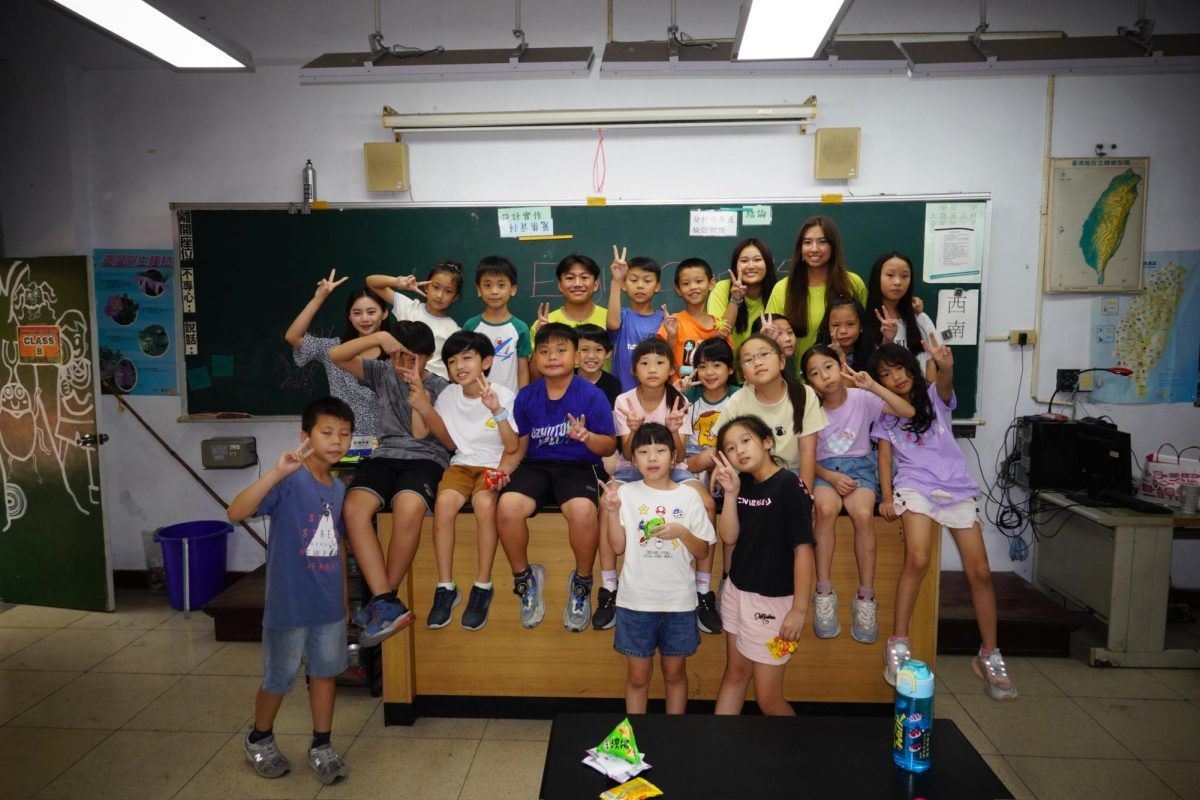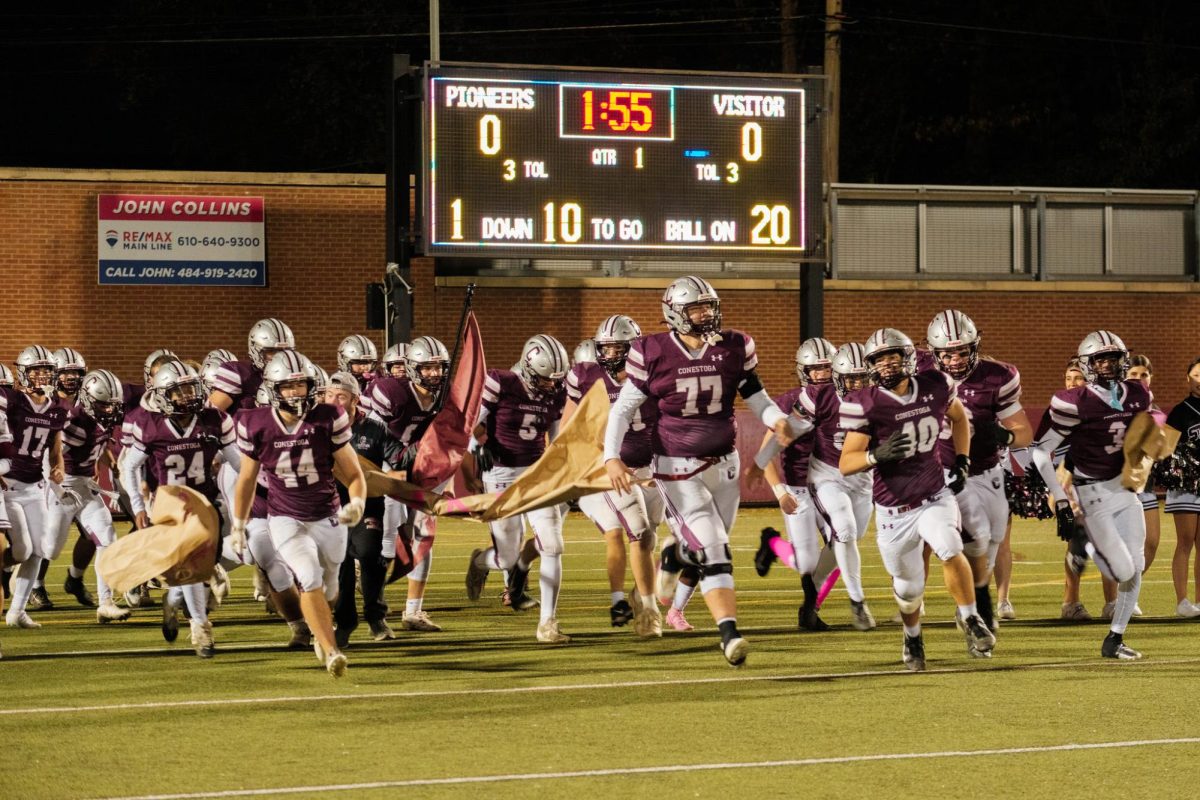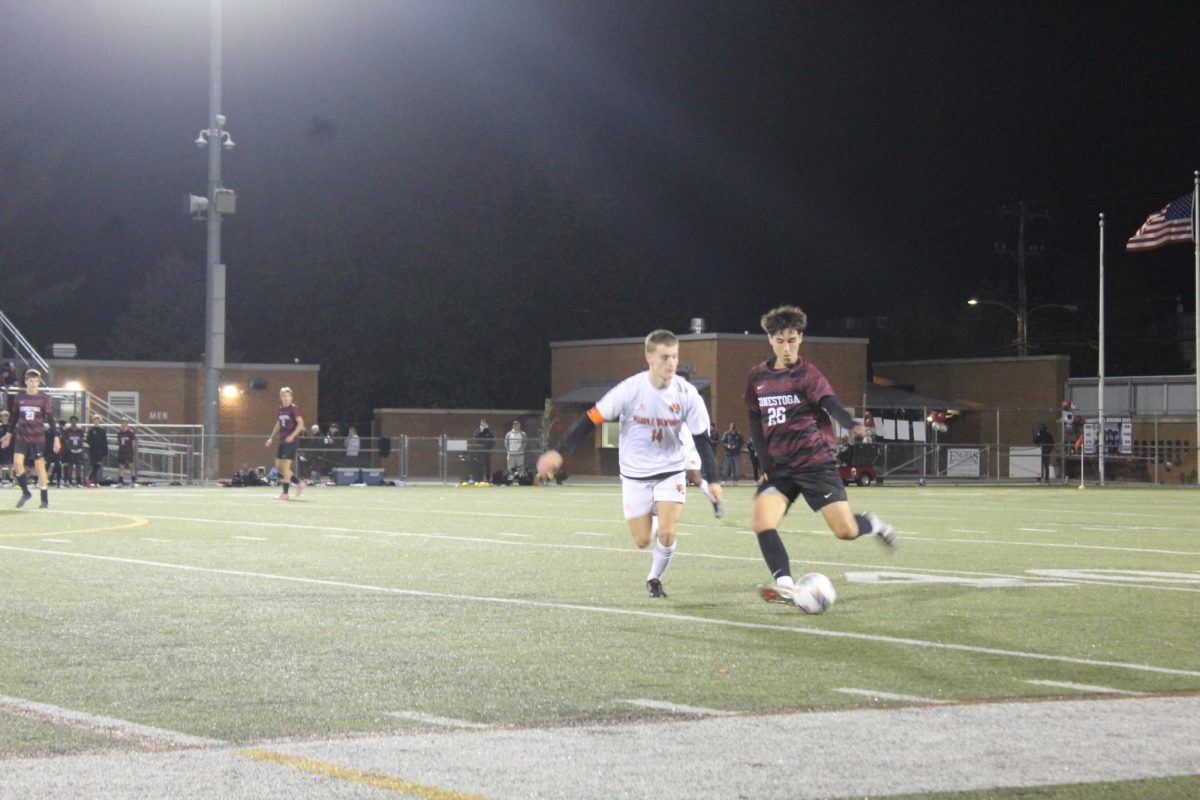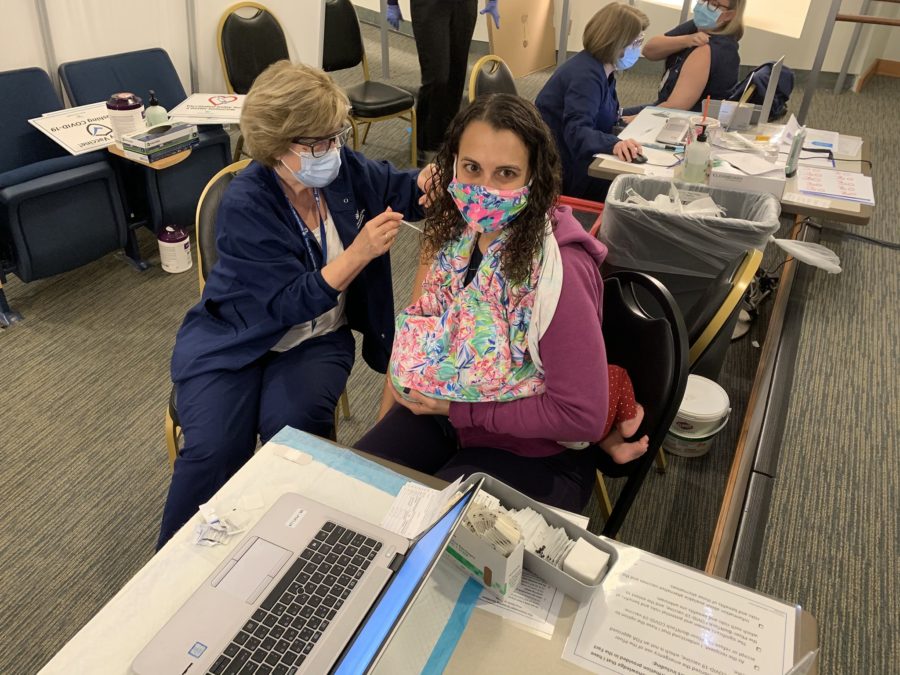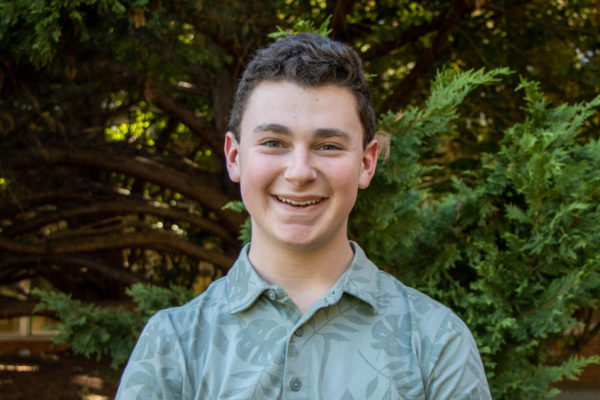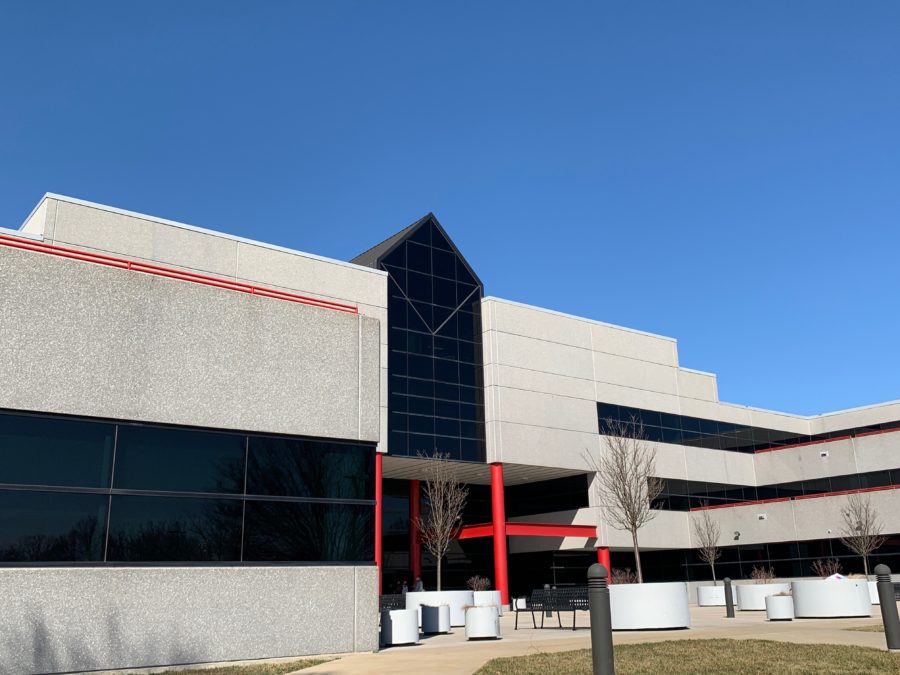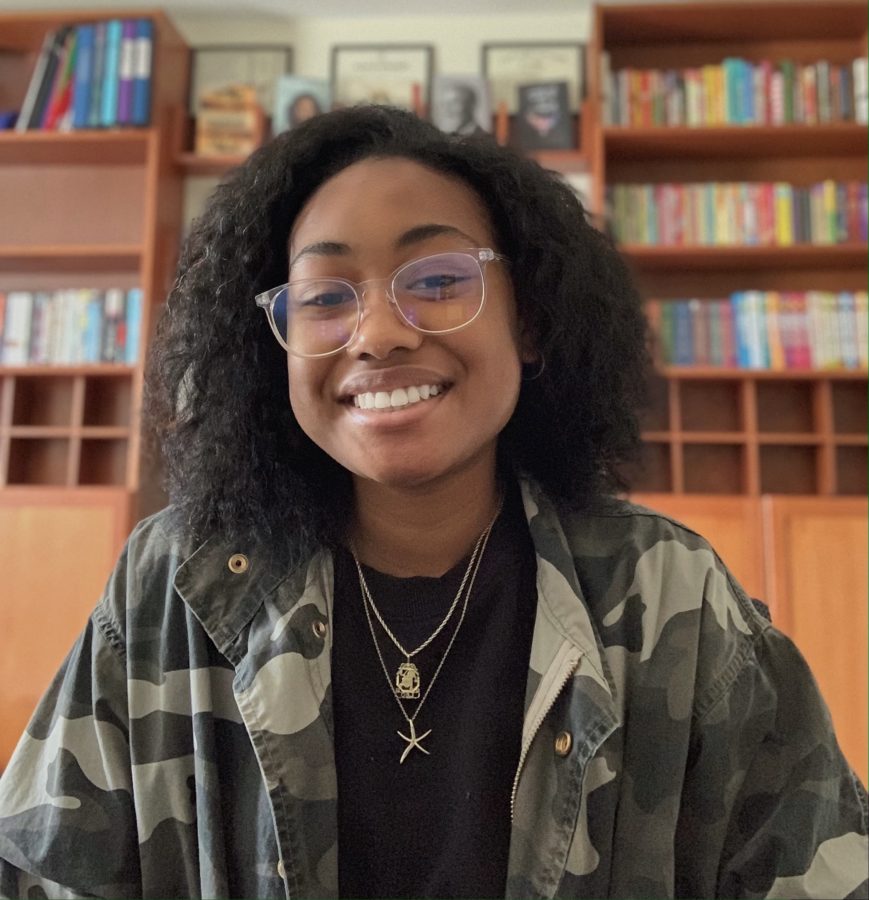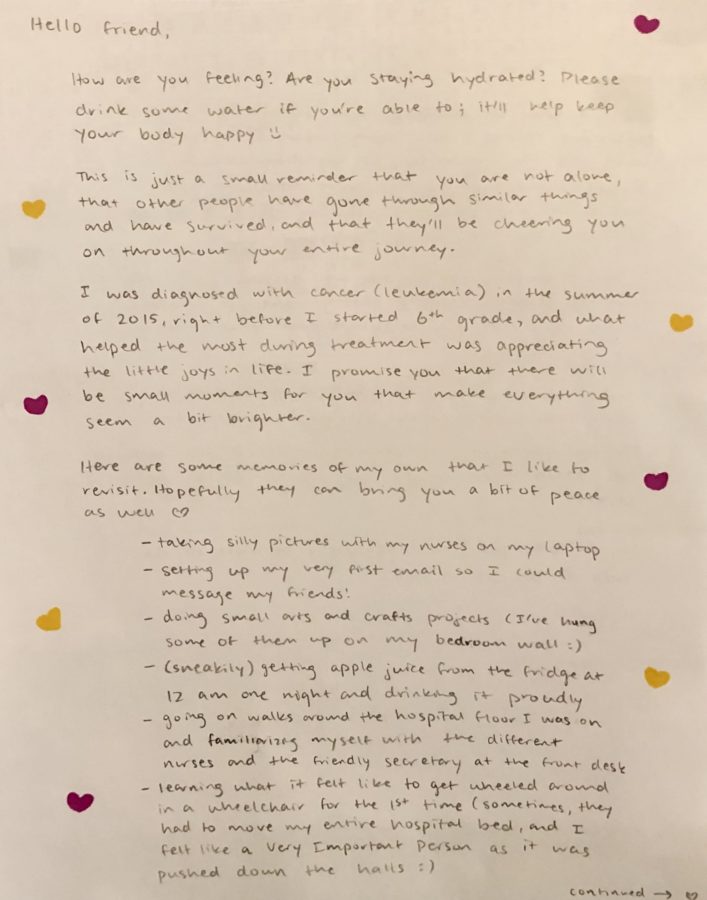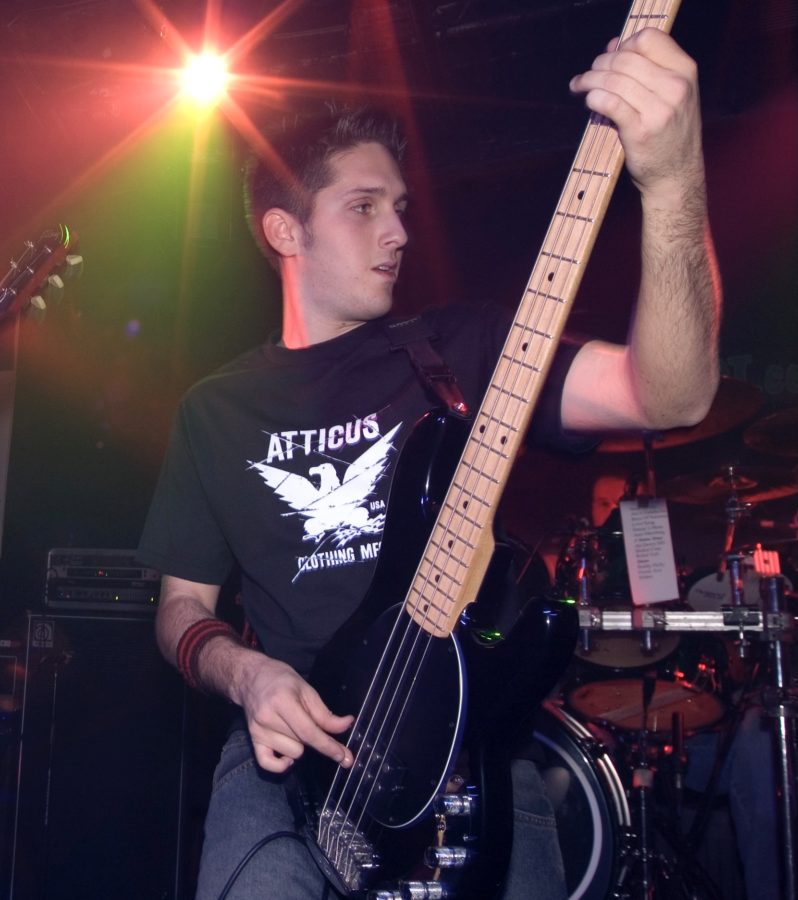By Ben Shapiro, Staff Reporter
10 months, 318 days, 96 million cases, 2.1 million deaths. After one of the arguably most insane years to date, the world finally received a vaccine for COVID-19.
The Main Line Health system (MLH), made up of Paoli, Lankenau, Bryn Mawr and Riddle Hospitals, is administering both the Pfizer-BioNTech and Moderna COVID-19 vaccines. Both being two-part vaccines, the second doses are 21 and 28 days after the first, respectively. The distribution of the Pfizer-BioNTech vaccine began on Dec. 18 while the Moderna vaccine was put to use on Dec. 26. Lankenau Hospital is currently the sole provider of the Pfizer-BioNTech vaccine in MLH, as it is the only hospital with the freezing capacities to store the vaccine in the -100°F temperatures needed. Since both are still in the testing process for youth, only people ages 16 and up can receive the vaccine as of now.
“Main Line Health has exceeded my expectations in terms of being able to make (the vaccine) available for us,” said Summer Paolone, Nurse Practitioner at Paoli Hospital. “It has rolled out much quicker than I expected.”
As the vaccine is still in the early stages of its administration, the only people to receive it right now are those in the CDC’s Phase 1A: healthcare personnel, residents of long-term care facilities, all individuals over the age of 65 and high-risk individuals aged 16-64. Within its system, MLH broke this down into five categories, receiving the vaccine chronologically: hospital staff who have significant risk of exposure to COVID-19-unknown patients; staff who work with COVID-19-positive patients; other patient-facing staff; in-hospital, non-patient-facing staff; and work-from-home staff.
As a Patient Access Coordinator in Admissions, Angela McCollum is one of the first people to be exposed to incoming patients who have not yet received a COVID-test and is therefore at high-risk.
“I’m just happy that I was one of those people that got the vaccine first. I expected it because I work in the ER and encounter patients in their rooms, but it was a great opportunity for me to at least get it,” McCollum said.
Along with McCollum, Paolone was one of the first to be offered the opportunity to receive the vaccine. Identified by MLH as a category two employee, Paolone’s experience getting the vaccine was very different from others’.
Paolone had planned on leaving her three kids in the car with her husband while receiving the vaccine. However, the needs of her youngest daughter, who is still breastfed, got in the way.
“It wasn’t planned, but I ended up having to take my 5-month-old in with me; I was actually actively nursing her while receiving the injection,” Paolone recalls. “A big part of me receiving the vaccine is protecting my family since I have little children at home. It was a milestone for me to be able to share that with my daughter after being pregnant with her throughout the spring.”
Like Paolone, many healthcare professionals are not only getting the vaccine to protect themselves but to protect those around them, especially family. While the vaccine is not yet available for the general public, doctors are reminding people that when it is, getting it is the socially responsible thing to do.
Dr. Jonathan Stallkamp, the Interim Chief Medical Officer for MLH, reflected on how quickly the hospitals are giving out the vaccine as people are becoming increasingly open to receiving it.
“It will be a push to get everyone (in the general public) vaccinated as quickly as possible and offer (the vaccine) to as many people and as many different groups as possible, especially those who are in our African American groups. We want to help them understand how important the vaccine is and how the disease has actually affected people of color more,” Stallkamp said.
The community is still in the early stages of administering the vaccine, and according to Stallkamp, it may take months, even into the summer, until everyone is vaccinated. Frontline essential workers, those in the CDC’s Phase 1b, are the next group to receive the vaccine. Teachers and school staff are in this next group, and while it is still unknown when they will begin to receive the vaccine, it is a promising sign for doctors, scientists and the public as a whole.
Acknowledging the stress everyone is facing right now, Stallkamp is appreciative to those who have put themselves out there to help others.
“Our staff has been amazing and have done an amazing job caring for all the residents of our community. They’ve done a great job trying to protect themselves while treating others,” Stallkamp said. “We thank the community for wearing their masks all the time and being socially distanced. We know it’s tough, but we will all get through it and then eventually get closer to normal as things move forward (this) year.”









